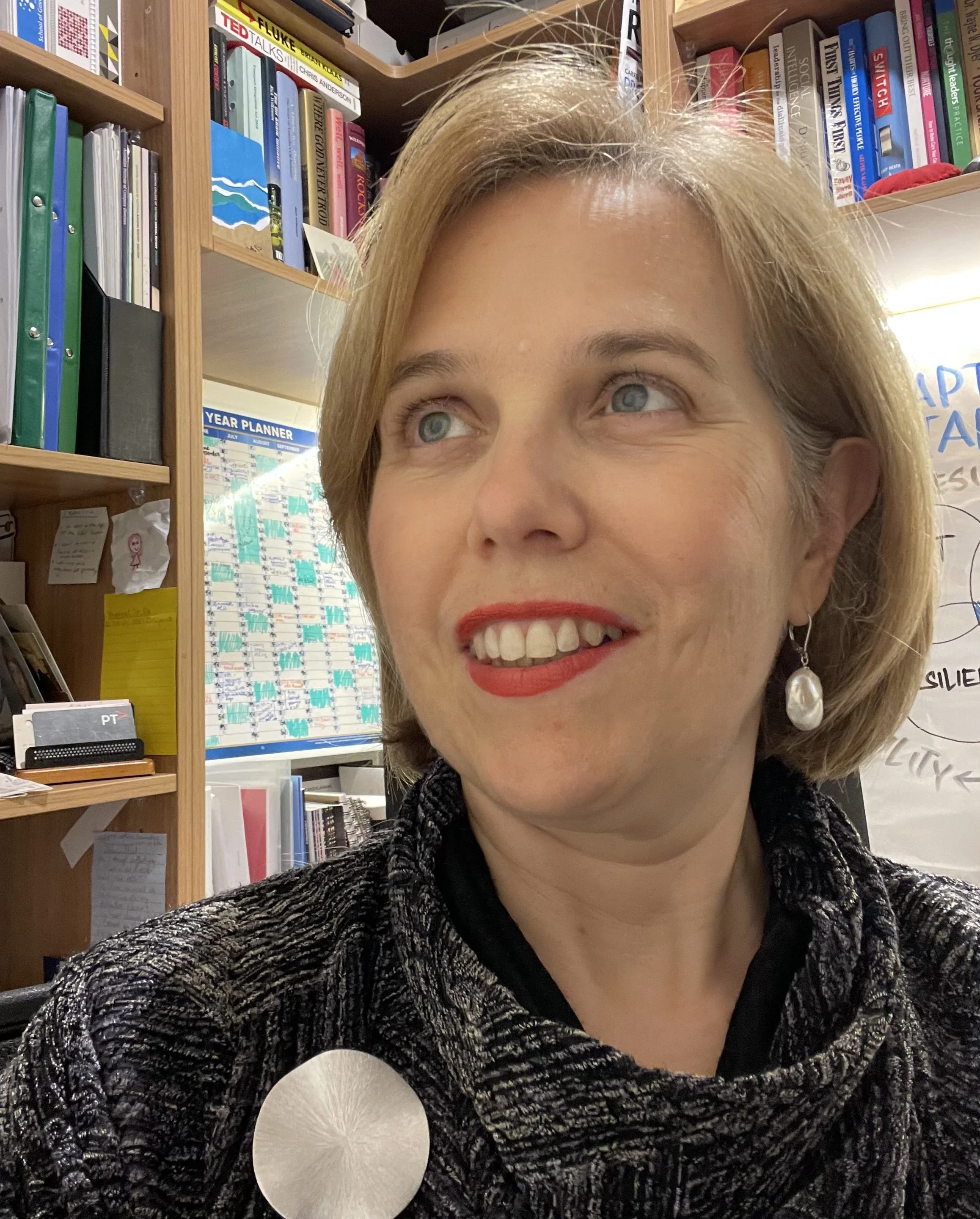Stop Wasting Time: Focus Your Energy on What Matters Most
Practical ways leaders can avoid cognitive burnout and boost clarity
By Suzie Thoraval
“Energy cannot be created or destroyed, it can only be changed from one form to another.”
The other night, during a chat over dinner, my daughter—deep in the trenches of studying Year 12 Biology—shared something that struck me. “Mum,” she said, “in biology, energy doesn’t disappear. It just gets converted from one form into another. But in that conversion, some of it’s always lost. It’s called the Second Law of Thermodynamics—energy transformation is never 100% efficient.”
That insight got me thinking.
Earlier that day, I’d been coaching a group of leaders on how to manage their energy, not just their time. And the concept of energy being lost in the transfer felt incredibly relevant.
Because in our work lives, just like in biology, every time we shift energy—whether through jumping from back-to-back meetings to instant messaging while writing a report or making too many decisions without a break—we lose something. Focus, clarity, patience, wellbeing.
And over time, that cost adds up.
Energy management: the hidden skill of great leaders
Leaders often say, “I just need more hours in the day.” But we all have the same 24 hours. What separates the truly effective from the chronically overwhelmed is not how much they do, but how wisely they manage their energy—and where they choose to spend it.
Leaders with adaptive stability know this well. They don’t run at full speed all day. They know when to push, when to pause, and how to stay focused on what matters most—even in complexity. They protect their cognitive energy so they can stay strategic, calm, and responsive.
In my early professional life, I used to wear multitasking like a badge of honour. Now I understand how much it can reduce my effectiveness over the day.
Let’s be real: switching between meetings, emails, instant messages, and decisions every few minutes doesn’t just feel tiring—it is tiring. Did you know that it takes up to 23 minutes to return to the level of focus you had prior to switching tasks?
Research on cognitive load theory shows that constant task-switching can reduce productivity by up to 40%, while studies on decision fatigue reveal that willpower and clarity both diminish as we drain our mental energy throughout the day, leading to declining judgement and impulse decision-making.
And long periods in “fight or flight” mode—fuelled by pressure, uncertainty, and reactive urgency—only make it worse. Our brains weren’t designed to run on high alert 24/7.
Leaders who ignore this pay the price in the form of burnout, short tempers, shallow decision-making, and declining health.
The grand slam strategy
Look at the great tennis players. They don’t go all-out on every point in every match. They manage their energy like champions—strategically, calmly, and with long-game thinking.
Roger Federer was renowned for this. His effortless movement, composed mindset, and elegant style weren’t just beautiful to watch—they were highly efficient. Federer played with precision, conserving energy early so he could stay strong through long tournaments and an incredibly long career.
Ash Barty, too, brought a different kind of strength to the court. She played with clarity and calm, refusing to get pulled into chaos. She focused on what mattered most, protected her mental energy, and walked away from the sport at her peak—on her own terms. She demonstrated discipline, self-led and deeply strategic wisdom.
That’s what going through your week with adaptive stability looks like: not white-knuckling your way through reactivity, but building in recovery, pace your intensity and intentionally choosing where your energy goes, keeping your inner reserves for what matters most.
Leading with energy
So, what does managing your energy really look like in a workday?
Here’s what I see in leaders who model adaptive stability:
They time-block their day to protect thinking time for strategic work—not just reactive tasks.
They build in recovery moments, whether it’s a walk between meetings, a breathing exercise, or a proper lunch break.
They reduce decision fatigue by using clear routines or delegating decisions that don’t need their full attention.
They stay grounded, even under pressure—because they’ve trained themselves not to spend energy on things outside their control.
They align their energy with their values, choosing tasks and conversations that reflect what matters most.
These leaders lead with foresight, flexibility and firm boundaries and don’t wait for burnout to reset.
Try this: a week of strategic energy use
Here are three small but effective things you can try:
Start your day with a 5-minute focus ritual: Before opening your inbox, ask yourself—What’s most worth my energy today? Name it. Anchor to it.
Avoid switching tasks constantly: Batch similar tasks together to create flow and reduce cognitive load.
Use a “strategic no”: Say no to low-impact meetings, requests, or distractions (including switching off instant messaging during focus periods) that scatter your energy or dilute your effectiveness.
Ask yourself:
Where in your day am I spending energy that’s not aligned to my values or goals?
What drains me most—and what reliably recharges me?
What could I delegate, defer, or simply stop doing altogether?
If my energy were currency, where would the wisest investment be for the greatest return?
Your energy strategy starts here
Energy isn’t infinite. And just like in biology, we lose a little in every transfer. So where—and on whom—do you want to spend yours?
The most grounded and strategic leaders I coach understand this: managing your energy is a leadership skill that helps you lead with clarity, conserve your focus, and move with intention - especially when you have a lot on.
What’s one thing you could start or stop doing this week to protect your energy for what really matters?

